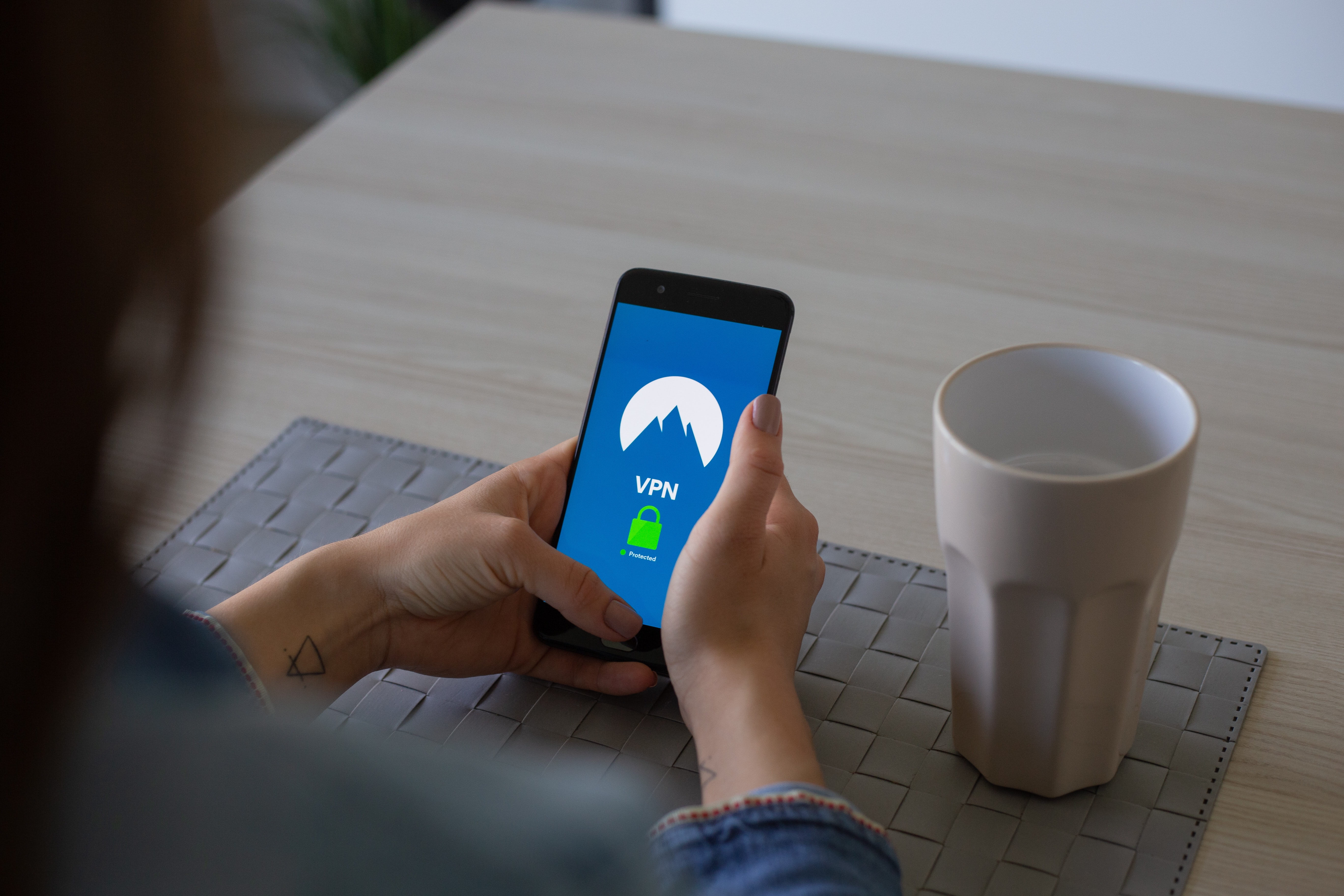4 Key Considerations of Video Conferencing Security
As the Novel Coronavirus (COVID-19) cases continue emerge nationally and globally, it has forced most of the businesses and organizations to follow MOvement Control Order (MCO) to reduce the risk of infection of all employees. To sustain the business, the employees have to adapt to work from home (WFH) culture and video conferencing is being used as a tool to keep up operational performance at home. Zoom, Skype and Google Hangout are some of the most used online video conferencing platform.
Security should be a key priority if you are using online video conference in your business operations. On the technical side, security protocols have improved no end in the past five years, not least because of the rise of hosted cloud-based conferencing services which include advanced security measures as part of the package. But best practice with video conferencing security also starts in the workplace and must be built into the culture of how teleconferencing equipment is used.
Here are some of the key considerations for ensuring your business uses video conferencing safely and securely.

Prioritize network security
Video conferencing endpoints and platforms will often need their own Session Border Controller (SBC) to manage traffic, including looking out for and blocking suspicious connections. This is is because they use different protocols to, for example, your VoIP or ordinary data connections. Firewalls also need to be configured accordingly, and network settings should be reviewed regularly to make sure they are up to date.
Encryption is crucial
Alongside network security, encryption is another absolute must for video conferencing security. On top of stopping snoopers from getting into the system, encryption secures the content of communications by scrambling them in transit using a digital code.
The industry standard for video conferencing encryption is now a minimum of 128-bit AES. To put that into context, it would take a computer a billion billion years to crack 128-bit encryption using so called ‘brute force’, or simply trying out all the combinations – in other words, it is virtually impossible.
Updating your video conferencing platform is a sure way of guaranteeing strong encryption. If you want additional levels of assurance, you can go up to 256-bit AES, and also use tr
Set permission as protection
Video conferencing can quickly lead to security issues if the wrong people are inadvertently given access to communications they shouldn’t see, for example by using open virtual meeting spaces for private meetings, or not getting the settings right when inviting participants. By creating different access levels for different types of conference, you build in control over who can access what. Many video conferencing platforms now support the creation of dedicated groups, tying in with the team collaboration platforms they are increasingly closely associated with. It is also good practice to password protect conferencing groups, and especially so if you plan to use virtual meeting spaces.
Create a safe use policy
Using the most advanced network security and encryption options available will count for little if people in your organisation do not know how to use teleconferencing securely. Human error still accounts for the majority of digital data leaks. Common mistakes people make with video conferencing include:
- Connecting to teleconferences remotely on a mobile device via unsecured WiFi, for example from a hotel or other public place. This will undermine whatever security protocols you have in place in your own offices and on your own equipment
- Switching encryption off inadvertently, or not knowing how to set it up properly on their own devices
- Inadvertent exposure, such as having sensitive documents on display during a video call to someone who shouldn’t be able to see them
- Poor password practice, such as using weak codes that are easy to guess or not updating them regularly enough
To guarantee safe video conferencing practice, organizations should educate their employees before usage. Drawing up a clear set of policies for how to use the system, how to use mobile and remote devices securely and best practice for keeping data safe via video links generally should be backed up by appropriate training.
Sourced from here.
Related posts
Sorry, the comment form is closed at this time.




